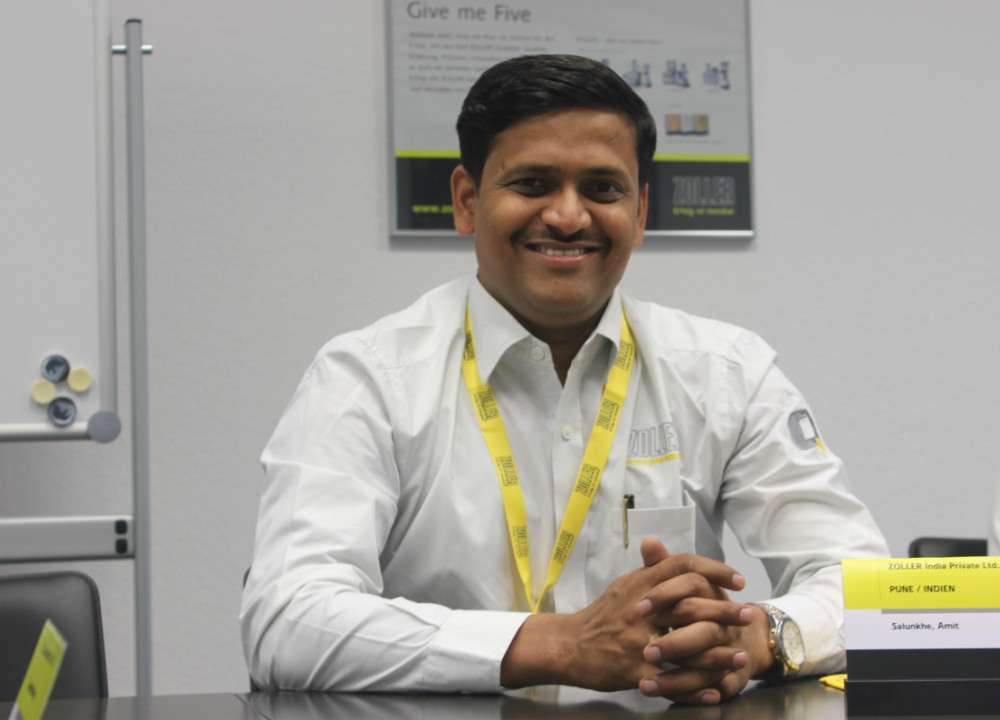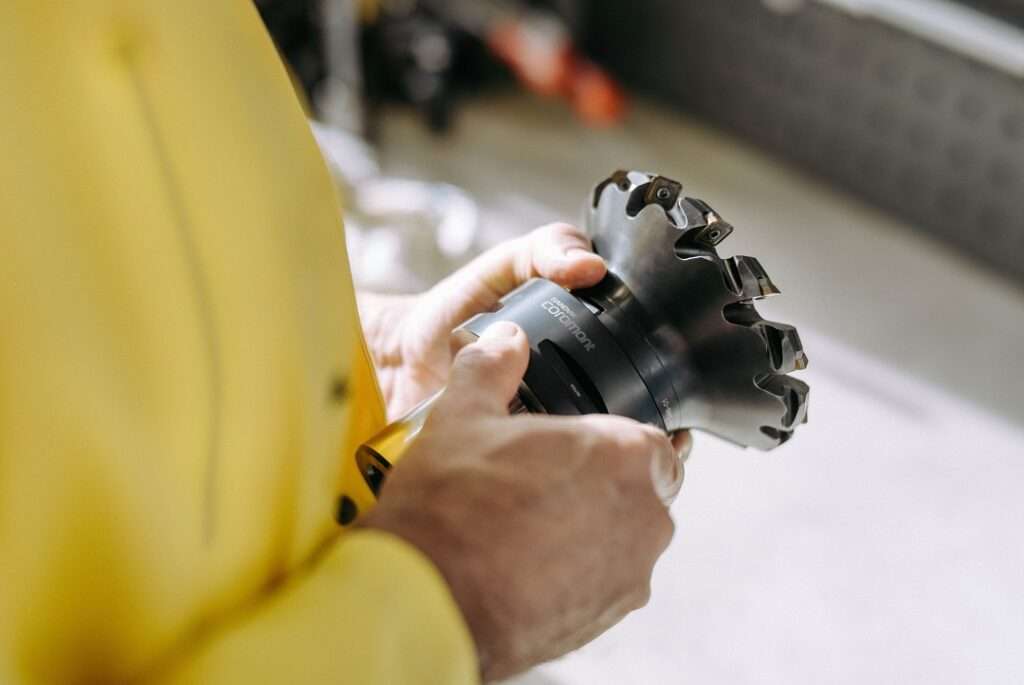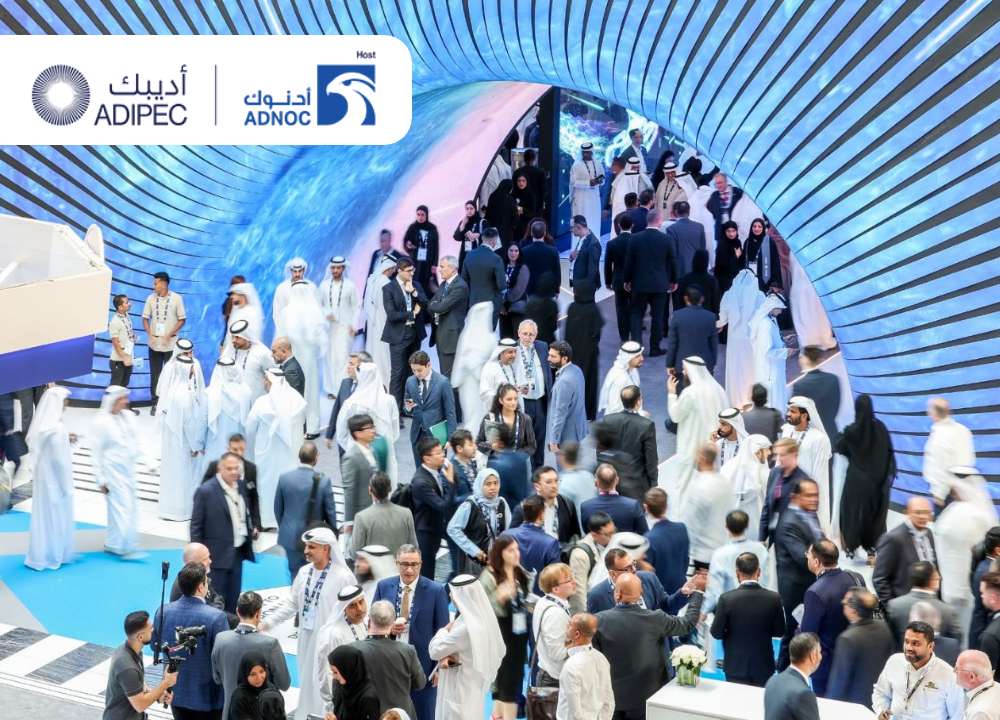The Society of Indian Automobile Manufacturers (SIAM) held the first-ever Summit on Automotive Future Advancement in Road Safety (SAFAR) at Bharat Mandapam, Pragati Maidan, New Delhi. Coinciding with the Bharat Mobility Global Expo 2025, the summit carried the theme, “United Efforts for Road Safety: Safer Roads, Our Responsibility.” The event highlighted collaborative efforts to enhance road safety through expert discussions, public engagement, and innovative solutions.
The event began with keynote addresses centered on “Driving a People-Centric Future: A Vision for Safer Roads in India.” The SIAM “Surakshit Safar Initiative Report (2025-2026)” was unveiled by Chief Guest V Umashankar, Secretary, Ministry of Road Transport & Highways, spotlighting SIAM’s FY25 initiatives on road safety.
Prashant K Banerjee, Executive Director of SIAM, emphasized the need for focused attention on two-wheeler safety, which accounts for 80% of India’s annual vehicle population. Chief Guest Mr Umashankar called for adopting the RVB framework—Road, Vehicle, and Behaviour—to effectively address safety challenges.
Prominent dignitaries shared valuable perspectives on enhancing road safety. Sanjay Bandopadhyaya, representing the Supreme Court Committee on Road Safety, advocated for reviving India’s cultural ethos of “Pehle Aap” (putting others first) to foster a courteous and safer road environment. His emphasis on behavioral change underscored the need for a cultural shift to reduce road fatalities.
Shailesh Chandra, President of SIAM, highlighted the significance of the 4E model—Education, Enforcement, Engineering, and Emergency response—in creating a comprehensive approach to road safety. He stressed that integrating these elements is vital to address the multifaceted challenges of traffic management and accident prevention effectively.
Piyush Arora from SKODA AUTO Volkswagen India emphasized the transformative impact of Bharat NCAP, India’s car safety program. He discussed how stringent safety benchmarks can elevate vehicle safety standards and build consumer awareness, contributing to reduced road accidents and fatalities.
Representing Honda Motor Co., Kazuyoshi Kuroki highlighted the harmonious interplay of education, enforcement, and engineering in creating a safer mobility ecosystem. He called for collective efforts from industry stakeholders and policymakers to implement these principles effectively.
The summit hosted two engaging panel discussions. The first, titled “Saving Lives through Education and Enforcement,” delved into innovative strategies to enhance road safety awareness and compliance. Panelist K K Kapila emphasized incorporating road safety education into school curricula to instill responsible behavior in young minds.
The second panel, “The Role of Engineering, Emergency Care, and Evaluation,” focused on leveraging technology and data-driven solutions to reduce road accidents. Dr. Tejprakash Sinha from the WHO underscored the critical importance of emergency care systems, such as zero-fatality corridors, to provide timely and effective medical assistance, thereby saving lives.
The event also featured interactive initiatives aimed at raising road safety awareness. Highlights included a Road Safety Awareness Run, with over 1,200 participants advocating for responsible driving. Virtual Reality (VR) experiences offered immersive lessons on safe driving practices and pedestrian behavior, while creative contests like poster-making and street plays engaged participants in spreading the message of road safety creatively and effectively.
The Society of Indian Automobile Manufacturers (SIAM) serves as the apex body for the Indian automobile industry, promoting safety, environmental sustainability, and industry growth. Recognized as a charitable institution, SIAM focuses on fostering innovation, improving road safety, and addressing the social responsibilities of the automobile sector.







